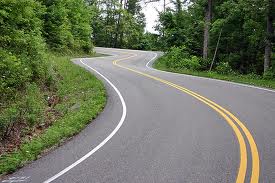When I was a child a common saying regarding health was “you are what you eat.” There may be more truth in that statement than folks realized. Dating back to ancient Greek time’s people understood the powerful connection between food and health. Hippocrates knew this relationship well when he said “Let food be thy medicine and medicine be thy food.”
As the United States prospered and people had more income and busier lives, the American diet also experienced unhealthy changes. With an eye towards convenience, the process foods industry boomed. Americans replaced vegetables and home cooked meals with increasing volumes of processed foods that are loaded with sugar, salt and fat. Americans also added substantially more fast food and animal protein to their diets including large amounts of meat.
While the American diet experienced an unhealthy evolution, athletes and exercisers also took a deeper interest in how diet affected their performance. It was long believed that those that exercise regularly need increased amounts of protein for muscle repair and growth. For many the main source of protein came from beef, pork, chicken and fish.
While meat does provide a substantial source of protein, can an endurance athlete perform at high levels on a vegetarian or vegan diet? The answer may surprise you. If you are an athlete and considering going meat-free, you are in growing company.
According to runnersworld.com, 17 percent of runners are vegetarian or vegan, but 48 percent have tried to reduce their meat consumption. Numerous studies show that individuals who have eliminated meat from their diet have reduced rates of cancer, heart disease and diabetes and weigh less than meat-eaters. According to The China Study, people following a plant based diet free of any animal protein have even lower rates of these afflictions. Vegetarians and vegans also incorporate more healthy nutrients, vitamins and fiber to their diets.
So, back to the question can an endurance athlete perform at high levels on a vegetarian or vegan diet? According to Nisevich Bede RD the answer is absolutely yes! As quoted in Runners World “Well-balanced vegetarian diets can provide ample energy and nutrients that will prevent premature fatigue and muscle breakdown.” The key is to make sure you include enough essential nutrients including protein.
Instead of reaching for that hamburger or chicken breast, Soy, beans and lentils are excellent sources of protein and have the added benefit of complex carbohydrates which are essential for endurance success. Nisevich says that it is uncommon for vegetarians and vegans to experience severe protein deficiency when consuming adequate amounts of plant and vegetable (and dairy for vegetarians) protein.
By consuming an increased variety of vegetables, whole grains and nuts, you not only get protein, you get essential vitamins and minerals as well. Consult your doctor or registered dietician for guidance on a diet that is right for you.
One only needs to look at the Road Runner and Wiley E Coyote to validate this premise. The Road Runner who consumers a plant based diet was never caught by the meat eating Wiley E Coyote. Maybe Wiley E. Coyote can find a good vegetarian or vegan cookbook at ACME!































